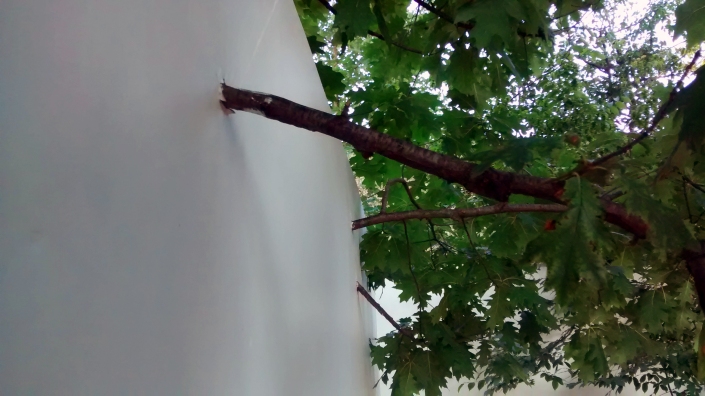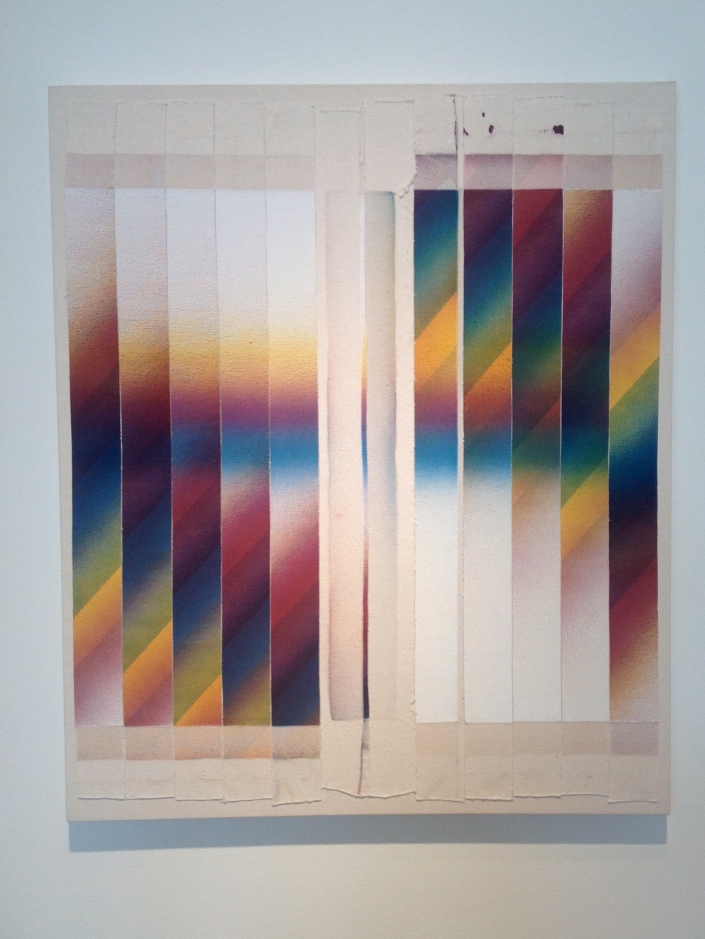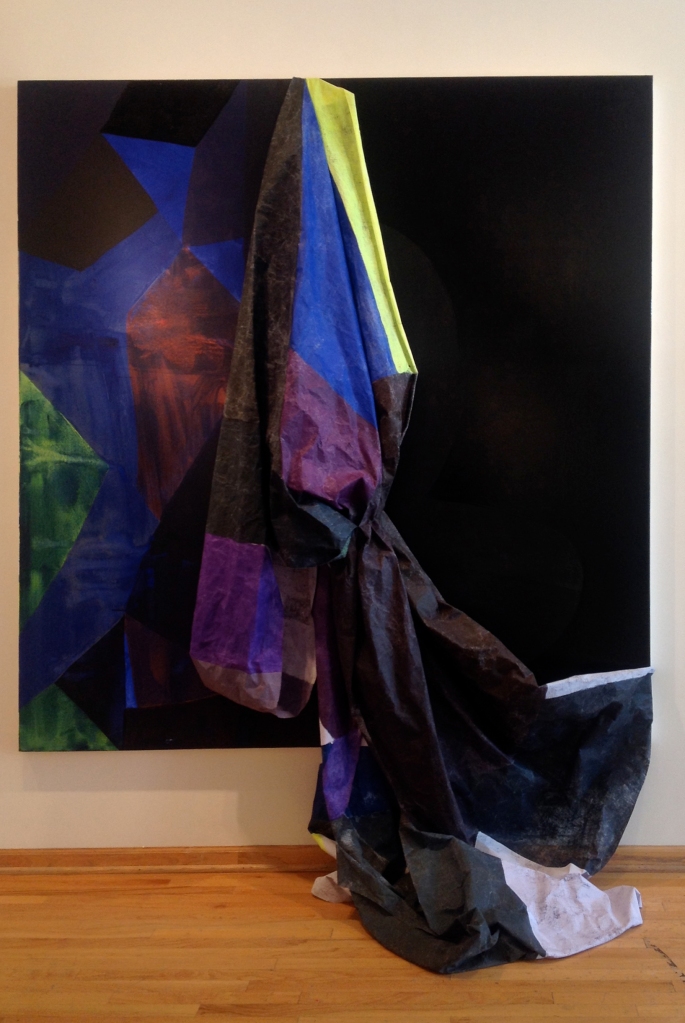What Matters (better late than never)
Image Posted on Updated on
Last year was an eventful one for Team CG. We started up the year with awesome shows like Present Standard at the Chicago Cultural Center curated by the wonderful artists, Josue Pellot and Edra Soto. This show served as a contemporary survey of Chicago Latinx artists and was also one of the best curated shows of 2016. The images below were taken in front of Diana’s piece, Fleco.
See the following links for more press, images, and info on the show:
http://southsideweekly.com/gripping-art/
http://art.newcity.com/2016/02/29/review-present-standardchicago-cultural-center/
http://www.chicagotribune.com/ct-present-standard-review-ent-0225-20160223-column.html
https://www.artforum.com/picks/id=58692
The Annual at Chicago Artist Coalition, also curated by Edra Soto ran at the same time as Chicago Art Expo. It was a big weekend in Chicago with lots of art to see and artists to meet! See images of both events here:
The StArt Up Art Fair was another very interesting event happening at the same time as Expo and The Annual. Artist and art guru, Paul Klein talks to artists, Edra Soto, Magalie Guerin, Juan Angel Chavez, Jenny Lam, and Tom Torluemke about What Matters. What are some of the core concepts that matter to this diverse group of relevant Chicago artists, and how money, professionalism, and community impact their practices.
Lastly, we wanted to dedicate this post to Diana’s aunt, Emmita. She was a mother to those of us who who needed one. Always there and up for anything. She was a friend, art supporter, and a late blooming artist, herself. Her parting was devastating but the void in our hearts will overflow with all of the beautiful memories and love she left for us. Rest in Peace.

Halls of Cinema
Halls of Cinema is a writing assignment that I give students of Intro to Film at Harper College in Palatine, IL. I ask them to submit a film that we should preserve for future generations and to keep an eye out for films that I may have overlooked for some reason or another.
These are the results from the Spring semester of 2016:
Shawshank Redemption – The Express – Pursuit of Happyness x 5 – 500 Days of Summer – Bajo La Misma Luna – Little Rascals – The Watchmen – The Breakfast Club – Rocky – Mulholland Drive – Gladiator – Chronicle – Walk the Line – Detachment – The Natural – Bridesmaids – The Notebook – Scarface x 3 – Dante 01 – Hurt Locker – The Dark Knight – The Force Awakens – Office Space x 2 – Django: Unchained x 3 – The Bucket List – The Prestige – Focus – Toy Story – Standford Prison Experiment – American Sniper – The Boy in the Striped Pajamas – Harold and Maude – Evil Dead 2 – Big Hero 6 – A New Hope – Moneyball – Million Dollar Baby – The Office (TV) – The Motivation – Avatar – Almost Famous – Tiny Times – One Flew Over the Cuckoo’s Nest – Pay it Forward – 2001: A Space Odyssey – A Goofy Movie – The Graduate x 2 – A Walk to Remember – Borat – Up – What’s Eating Gilbert Grape – Cloverfield – Step Brothers – Chicken Run – Donnie Darko – It’s a Wonderful Life – The Grand Budapest Hotel
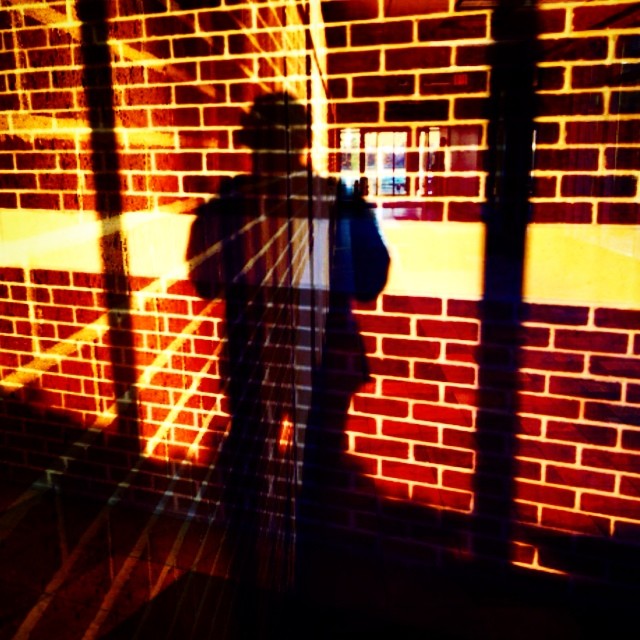
Entry that I hadn’t seen yet: I haven’t been brave enough to watch The Boy in the Striped Pajamas but this student pushed me to seek it out.
Entry that I want to rewatch: This student had some cool theories about how Donnie Darko plays out that left me wondering whether I’d really seen the film at all.
Biggest Surprise: What is it about this semester that made 5 students write about Pursuit of Happyness? There are also students that chose this film for their Final Presentation.
Bonus Shout Out: Harper College Film Club took Second Place in the Reel Illinois Film Competition for their video about Anne’s Resale Shop in Rolling Meadows.

Germinate- Short. Paola Cabal
GERMINATE- Short
A couple of weeks ago we released the first installment of Germinate. Karen Azarnia graciously let us into her studio and gave us an insight on curating Radiance at Woman Made Gallery and her own artwork. She mentioned the upcoming show for the artist in-residence, Paola Cabal at Riverside Art Center, where, like in Radiance, light would be the muse. Here is a little conversation with Paola about Crescent, the culmination of her residence at RAC.
Paola Cabal
A native of Bogotá, Colombia, Paola Cabal has lived in Chicago since 2001. Trained in observational realism, Cabal continues to implement responsive looking in her increasingly diverse practice, which includes site-specific installation, collaborative work, and more recently curating and writing in addition to her ongoing engagement with more traditional drawing media. Alongside her own art-making, Paola Cabal is an active member of the three-person collaborative (ƒ)utility projects and an educator at The School of the Art Institute of Chicago and DePaul University.
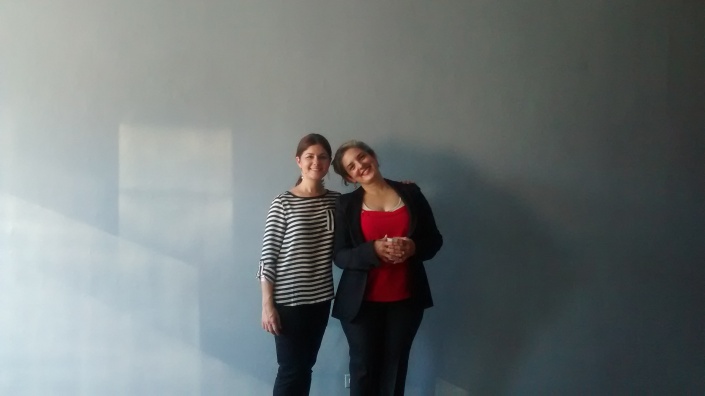 Karen Azarnia (curator) and Artist-in-residence, Paola Cabal.
Karen Azarnia (curator) and Artist-in-residence, Paola Cabal.
Paola normally creates site specific installations tracking the transitions of daylight. For Crescent, at RAC , Cabal spent the night of 7.31 to 8.1 tracking the passing of the “blue moon” light through the gallery windows as it played with the architecture of the gallery. The end result: a series of shapes on both walls and floors that trick you into believing there is light coming into the room from multiple light sources. In actuality, all you are seeing are lightly painted ghosts of the light that used to be, making us think about the passage of time and fleeting moments.
“The not knowing and then the coming to an idea (the moonlight was a gift, I had no idea it would come into the space that way), and then working like mad to make that happen.”
DG: Is there anything you’d like to share about your process?
PC: Sure, there’s something that’s been on my mind since I had a conversation with Diane Simpson, and I’ve been thinking about it ever since: I had no idea what I was going to do at the Freeark Gallery before beginning my residency there. I had no idea. And lest that should sound cavalier or overconfident, let me also say that it stressed me out. I completed a residency at Ragdale in which I was thinking about this show; I got as far as building a scale model of the gallery space, but I *still* didn’t know what I was making.
So, I’m talking about the show with Diane Simpson and she is asking me what I plan to do, and I confess to her that I don’t know. Diane being Diane, and brilliant and sweet, she says “Oh, I’m sure you’ll come up with something great. I have total confidence in you… The thing about the way you work,” she remarked, “Is that you’re kind of inventing it from scratch each time. I don’t know how you do it.,” she said. “It would stress me out so much.”
DG: Yup. Site specific work is terrifying but super rewarding.
PC: I don’t know if it had occurred to me until that conversation though, that most people don’t work that way, that for most artists artistic production involves the creation of a series of discrete objects which are then placed in conversation with one another for a show, rather than dauntingly improvised and immediately responsive reactions to a specific place.
“As a site specific artist whose work only gets manifest, as such, in the form of a public exhibition, my work can almost be considered a series of public experiments.”
DG: Most site specific work is very responsive. You can plan up to a certain point but most of the time you have to get familiar with the space, listen to what it needs, and embrace whatever happens as you’re working. And when you are done, you feel like a rockstar.
PC: Rock star though, I mean, I wish! Something I think I do share with more traditional makers is the feeling of profound ambivalence that follows after I’ve made anything. As a site specific artist whose work only gets manifest, as such, in the form of a public exhibition, my work can almost be considered a series of public experiments. So I finish, usually sleep deprived, and I mean, I *hope* it’s ok? I think it’s good? Your friends who show up to your exhibition opening are not going to be like “Damn P, Y U make such crappy crap?” I mean, I do thankfully have one or two friends who would give me the straight dope, but for the most part everyone is going to smile and be gracious and wonderful, you know? So that’s little indication whether I’ve made something worth looking at.
Instead, I have to overcome my ambivalence by going back to my own show again and again, kind of making peace with what I would have liked to get to but didn’t, what I did get to but would have liked to do better, until the whole thing either holds up, finally, or collapses under the weight of my continued scrutiny.
I’m marginally better now but what this used to mean is that I would be the worlds’ worst self promoter. My ambivalence would run so deep and continuous and daunting that I wouldn’t even tell people I had a show up. And then like maybe a week before it would close, having finally wrestled myself into a position of affinity or agreement with what I’d made, *then* I’d tell some people that it was there.
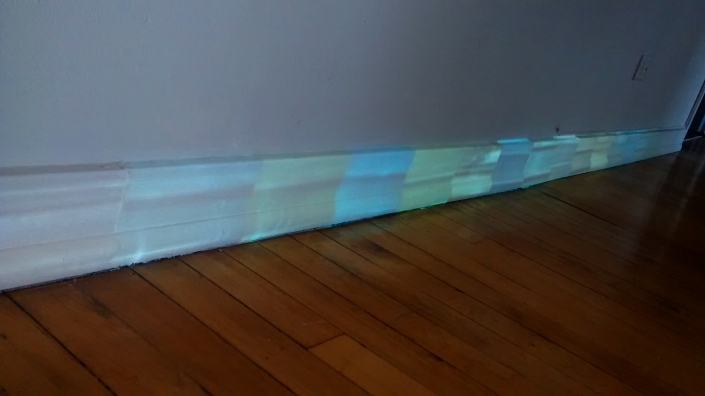 Paola Cabal. To and From, 2015. Site-Specific installation. Two-Channel video
Paola Cabal. To and From, 2015. Site-Specific installation. Two-Channel video
In the Sculpture Garden, (ƒ)utility projects (a collaborative comprised of Paola Cabal, Michael Genge, and Chris Grieshaber), have a site specific installation where they merged the garden with the gallery, by incorporating walls, the surrounding trees, and natural night.
Crescent runs through October 3rd.
Riverside Arts Center + Freeark Gallery
32 E Quincy St, Riverside, Illinois 60546
Germinate. Short. 2015 Terrain Biennial
 GERMINATE -Short
GERMINATE -Short
Started by artist Sabina Ott in 2011, Terrain Exhibitions is a series of site specific installations all around the world on artist’s porches, balconies, and lawns. On August 23rd, the 2nd Terrain Biennial block party took place in Oak Park, IL and other locations around the country. The following images are just a little snippet from the event in the different Oak Park Locations.
Also check out more coverage on the Terrain Biennial by the Chicago Tribune and Newcity
GERMINATE. Karen Azarnia. Her work and the curation of Radiance at Woman Made Gallery.
Germinate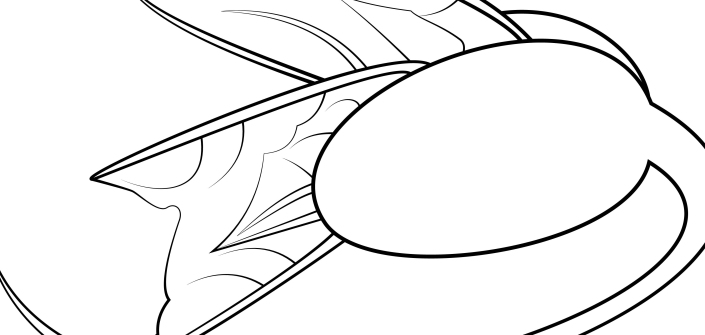
Germinate is a new series of interviews that explore curation as an art form, with a focus on artists who incorporate curating into their creative practice. Karen is an exhibiting Chicago based artist who has curated and participated in relevant contemporary exhibitions in the Chicagoland area. I’ve known Karen for her wonderful paintings that walk the line between figuration and abstraction, but became interested in her curatorial practice through the Riverside Art Center, where she’s curated some amazing exhibitions, including “All In’.
Karen Azarnia
Karen Azarnia is an artist, curator and educator. She received an MFA from the School of the Art Institute of Chicago and a BFA from the Rhode Island School of Design. She has exhibited widely, with solo exhibitions at Terrain, Oak Park, IL; the Union League Club of Chicago, IL; and recent group exhibitions at Nebraska Wesleyan University, Lincoln, NE; The Franklin, Chicago, IL; and Confort Station, Chicago, IL. She is a grant recipient from the Illinois Arts Council and the Chicago Department of Cultural Affairs, and has been included in Hyperallergic, the Huffington Post and Newcity. She currently teaches at the School of the Art Institute of Chicago and serves as Director of Exhibitions at the Riverside Arts Center Freeark Gallery.
DG: Tell me about the new work you made for the show at Woman Made Gallery.
KA: For the Woman Made installation, I actually had two panels. I’ve been working on them in tandem, side by side. I’m really enjoying the scale of how large they are and how quickly I can execute them.
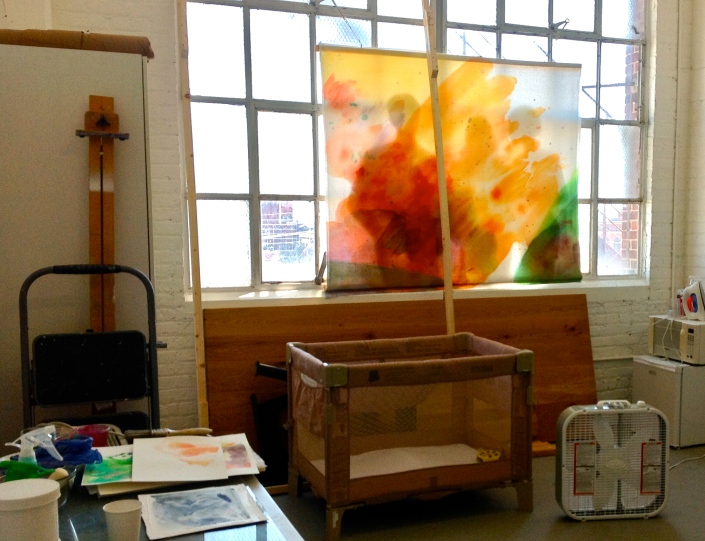 Karen’s studio at Mana Contemporary Chicago
Karen’s studio at Mana Contemporary Chicago
“There is also the softness that has always been important in the work. It hits at this idea of memory too, and the way memory functions over time.”
DG: Would you keep them on the stretchers or do you want them to be more like loose fabric?
KA: I think they need to have this looseness, this notion of the movement. It changes, it shifts when they are tacked down; It kind of deadens them. There is this thing that happens with the translation of the figures as the pieces shift and if you get a little movement or a little wind and they flutter a little bit. There is this additional layer of confusion. A lot of people might think there is a real person behind it and that’s something I’m inviting. I want that confusion to take place; I think that’s interesting. People know it conceptually, but they have to do a double take, like “Oh wait wait, I have to check that and see if there is a person or not”. You know, this idea of looking and slowing people down for a moment to experience something like that.
There is this idea that we are all subject to the passage of time and change; it’s inevitable. These are a meditation on that. We all have connections to each other and as these fade in and out, it’s a metaphor for our larger experience. There is also the softness that has always been important in the work. It hits at this idea of memory too, and the way memory functions over time. Things come in and out of focus or shift. The narratives that we have for memories shift.
DG: What about the white?
KA: People always ask me about the white. It’s about light but also inter-related to light and memory, and these things are all interconnected for me. In the older work I’m half flirting with it. I’d spend all this time working with the figure, and then I’d be like, I’m just going to paint this with white…just a little. Then I had a break through moment where I just painted the whole, just went for it, and really obscured most of the painting. You can see the history if you look from the side. You can see some of the previous marks. It’s really pushed back. Now, I have this range of images where some are more legible, and some are more pushed back.
“it becomes about my relationship with that painting and about painting itself.”
DG: What about your sources?
KA: I’m working from my own photos. I, for the most part, don’t appropriate. For me the photo is the document that proves I was there, I witnessed and observed something that actually happened. That’s the starting point, and then I might sample, or go back to old photos when they become important to me. Then later, partly through the painting the photo gets put away and completely shelved, it becomes about my relationship with that painting and about painting itself.
DG: Do you specifically use photos that you’ve taken yourself? Not photos of which you were the subject?
KA: Yes, I take the photos myself and am usually not the subject. If I take a photo of something, it’s usually because…it’s so subjective. It’s something you relate to, something that grabs your interest, that maybe sparks a memory of something; and I might not even know it at the time. I was working on another painting, and I didn’t even realize until half way through that it was because something I remember from my childhood. Often, these unconscious connections happen.
DG: How do you approach photography in relation to social media? and how does that a relate to your painting?
KA: The images that these paintings are derived from, I would generally not post because there is a kind of a intimate privacy to them. I’m conscious about it because this image is something I would want to make a painting from.
I have a stash of thousands of photos, and it might not be until even years later that I’m like, Oh I remember when I took this… Where did that go? Or because something sparks or something becomes relevant much later. Sometimes it’s very immediate. I’m specifically thinking of this and going to take a photo or find something that would relate to that. Often they sit around for a very long time and I’ll wait until it’s the right moment to use that source. It can be because of an experience I’ve had or something I’m thinking about at that present moment. Or friends and family…so it’s based on experiences and what other people I know are going through. So there’s a social component and it ties back to the idea that everyone is connected. Social media, while it has it’s own issues, we are much more connected… well, yes and no. We project. I can watch my friend’s kids grow up on Facebook. I would not have that experience otherwise.
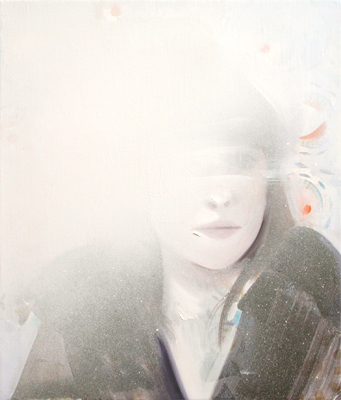 Barely. Karen Azarnia. 2013
Barely. Karen Azarnia. 2013
“I feel when I’m putting together a show, often times, it is like making a painting.”
DG: Let’s switch gears and talk about the show you curated at Woman Made Gallery. When I think about curators, their process is very much the same to the way you put together an art work. It’s that instead of thinking about the paint, canvas, the colors, like you have all of these separate elements and you put them together into this thing; and as the curator, you are thinking about different pieces from different artists and finding a way to make them click together visually, or through the idea or theme for the show.
KA: I think that hits the nail on the head. I feel when I’m putting together a show, often times, it is like making a painting. You start with a notion, but then as you start to actually go in and make selections. You nail down curatorial choices or pieces, it’s like making a move on a painting. As you make more moves and more selections, you maybe edit and you refine until you get down to the very nitty-gritty and those last few little decisions in the gallery when you’re installing, like those last few marks that can always take forever in a painting. But then it all comes together and there’s this huge deal of satisfaction that comes out of that too.
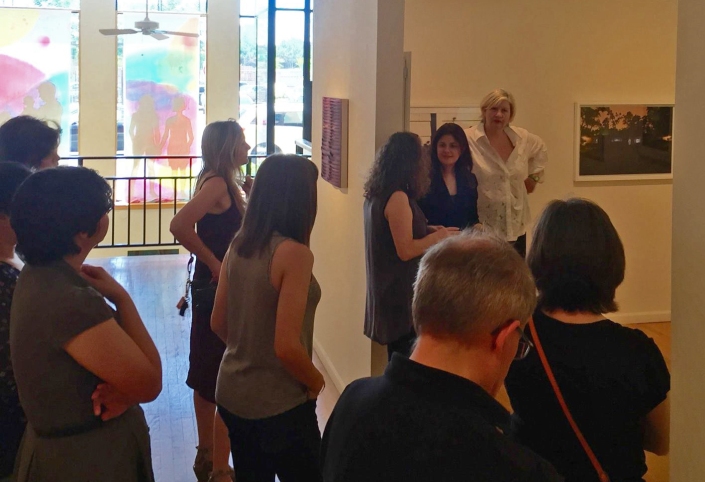 Radiance artist talk at Woman Made Gallery (courtesy of Woman Made Gallery)
Radiance artist talk at Woman Made Gallery (courtesy of Woman Made Gallery)
“you are responsible to a viewer, you are responsible to the artists, to represent their vision.”
DG: It’s about the experience?
KA: Absolutely. Because you are responsible to a viewer, you are responsible to the artists, to represent their vision. You try to make each artist shine, if it’s a group show, and if it is a solo or a two-person exhibition, really conveying the notion of their practice and what they try to convey to they viewer. Also, a responsibility to the viewer for their experience in the show.
DG: So tell me about this show.
KA: The name of the show is Radiance. It’s at Woman Made Gallery and it’s up through August 20th. I was approached by the previous director, Claudine Isé, about perhaps coming and doing something at Woman Made. I was thinking about different themes that interest me and one was the basic idea of light. It’s a fairly large space, so I was thinking about how I’d want to fill that space and wanting an interesting collection of different approaches. Light is something that’s a little more broad in terms of thematic content, but it’s something that’s always been in my work whether I’ve foregrounded or not, so I thought that would be great.
Also, thinking about summertime and being bathed in light after we’ve been starving for it after going through the winter in Chicago. I thought it’d appropriate on multiple levels. And then there’s been some really interesting artists working with the medium currently and also exhibits.
Elmhurst Art Museum, Staci Boris curated SpotLight and up at the Riverside Arts Center we are going to have Paola Cabal open the season. She does gorgeous light installation work, very site specific by documenting the movement of light through space. I just thought this would be a kind of timely subject to deal with also.
DG: What about the curating?
KA: I was trying to keep it broad to make it inclusive because you have a lot of different approaches. You have a much more historical traditional use of light, with painting and photography. Then you have the element of film, kicking forward to light as a medium itself with people using the very physical property of light. And of course others using a more conceptual approach to light.
I generally don’t curate myself into a show. I usually don’t do that. But When Claudine (Ise) saw the time lapse video of the installation I did at Terrain the previous spring, she said, “Could you do something like that on our front window?”, so I said “OK, that would be really fun. I would enjoy doing that”. So that is how that came about.
DG: I’m sure you’ve got a huge selection to chose from. How did you go about narrowing it down?
KA: There was a ton of work. I’ve must of gone through something like 300 images. I was looking for artists with strong practices. And they did submit a statement with their work, so of course that helps to understand what they are trying to get at because some of the pieces are conceptually based. Also, finding interesting relationships between artists so there is dialogue and conversation between the pieces that can be provocative to the viewer.
This is probably the trickiest show I’ve ever done because I had to work with light based works that maybe project or that needed very specific lighting. That was very tricky. Sometimes you bump into physical constraints of the actual exhibition space and practical stuff like that.
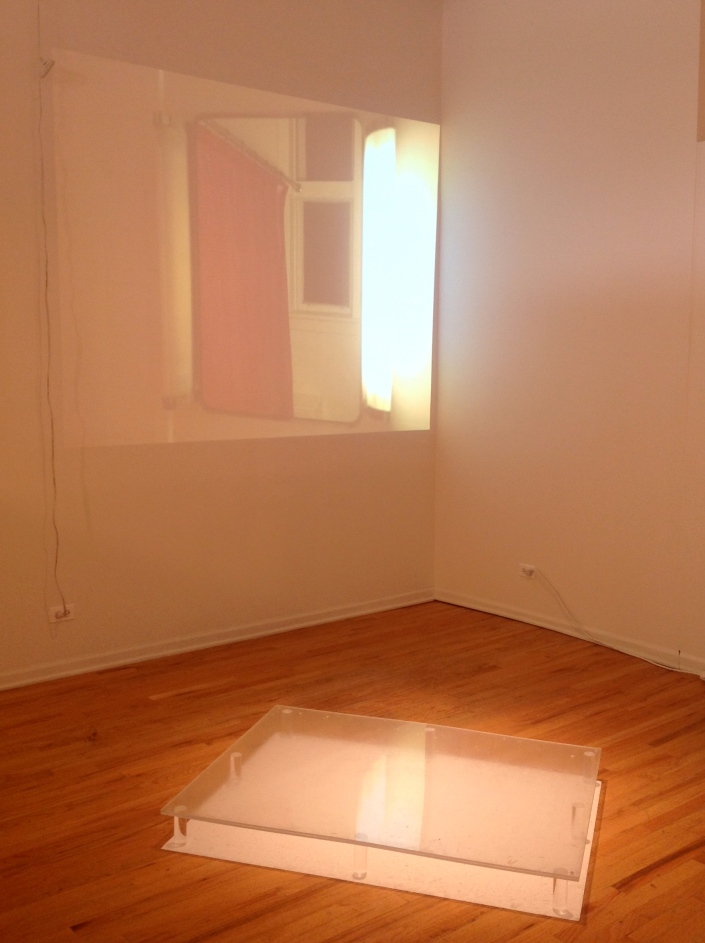 Where do I begin? Cassandra Stadnicki (top). After Image. Lauren Sudbrink (bottom)
Where do I begin? Cassandra Stadnicki (top). After Image. Lauren Sudbrink (bottom)
DG: The space is just another one of those elements you have to juggle for the show to be successful.
KA: It is. So, if you are talking about it as a kind of art piece. It becomes a site specific installation since it’s in response to the architecture. Trying not to overhang or underhang. Finding that balance. It was tricky but fun.
DG: Since you are using light based work, I’m sure some of the work was tricky to install because it needed special lighting. Where some of those artists there to help you install?
KA: Yeah. Some of the artists who had more specific instructions, like projections. Some came and we worked together to designate a spot and find the best location for it. Then I let them install and we kind of tweaked it, but others are more straight-forward like paintings. Some shows that I’ve curated, it’s completely site-specific-installation based, so just I hand over a key. There is really nothing I can do. I can assist or be there for support to provide whatever they need but it’s more about them and responding to the space versus a very straight-forward painting show like “All In” at Riverside Art Center. Art works gets delivered and I try to hang it to the best presentation of the pieces.
Check out more images from the Radiance Exhibition at Woman Made Gallery.





















































